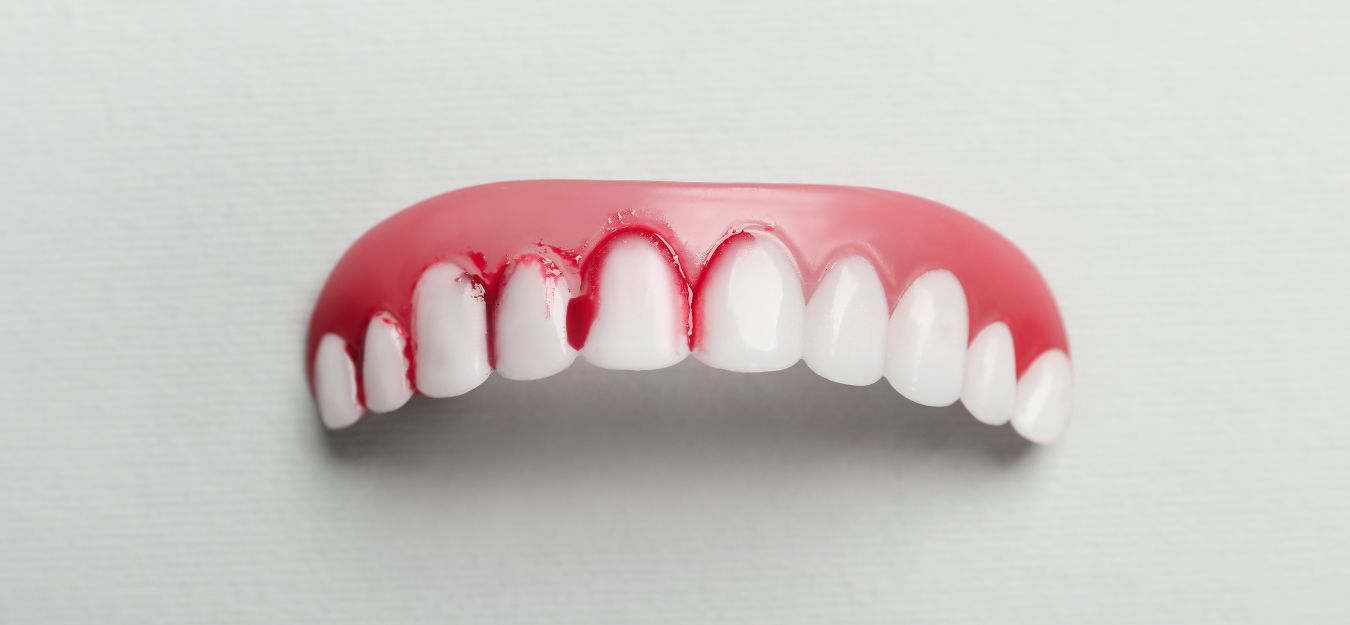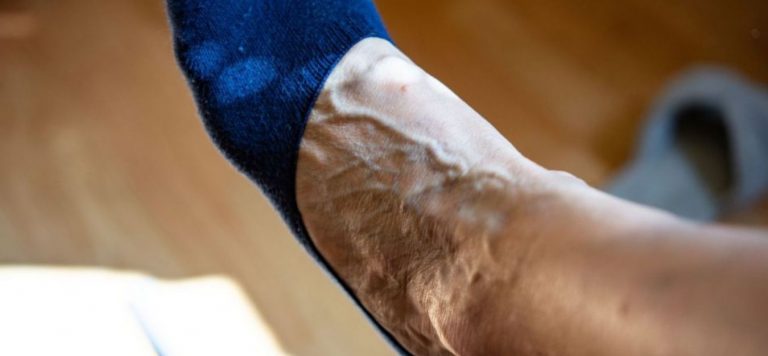Signs and Symptoms of ITP (Immune Thrombocytopenia)
Platelets are important for blood clotting, and when you have ITP, you may not have enough platelets. This can lead to easy bruising, bleeding and other health problems. There are treatment options like Hizentra, a subcutaneous immunoglobulin, which is used for specialized cases only (and not in emergencies).
1. Easy Bruising
One of the most common signs of ITP is easy bruising. People with ITP may notice bruises on their skin even if they haven’t been injured. These bruises may appear without any clear reason, and they can take longer to heal than normal.
2. Frequent Nosebleeds
People with ITP may have frequent nosebleeds, even if they don’t have a cold or allergy. These nosebleeds can happen without warning and may last longer than normal. If you have ITP, you should keep an eye on how often nosebleeds happen and tell your doctor if they seem unusual.
3. Bleeding Gums
Another sign of ITP is bleeding gums. This can happen when brushing your teeth or eating certain foods. If you notice that your gums bleed easily, it could be a sign of ITP or another condition affecting your blood.
4. Small Red or Purple Spots on the Skin
A common symptom of ITP is the appearance of small, red or purple spots on the skin, called petechiae. These spots are caused by small amounts of blood leaking under the skin. They are often seen on the lower legs but can appear anywhere on the body. Petechiae are a clear sign that there may be a problem with your platelet count.
5. Heavy Menstrual Bleeding
Women with ITP may experience heavier than usual menstrual periods. This can mean using more pads or tampons than usual, or it can be a sign of prolonged bleeding during menstruation. If you have ITP, it’s important to track your menstrual cycle and let your doctor know if you notice any changes in your bleeding patterns.
6. Excessive Bleeding from Small Cuts
People with ITP may bleed more than expected from small cuts or scrapes. This may include cuts that take longer to stop bleeding, or you may find that your cuts bleed more than they should. It is important to use care when handling sharp objects if you have ITP.
7. Fatigue
Fatigue, or feeling very tired, is another symptom that may be linked to ITP. This can happen because low platelet counts affect how your body works. You may feel exhausted even after resting, and everyday activities can feel much harder than normal.
8. Blood in Urine or Stool
In more serious cases, people with ITP may notice blood in their urine or stool. This could be a sign of internal bleeding, which is dangerous and requires immediate medical attention. If you notice this symptom, seek medical care right away.
9. Frequent or Unexplained Bleeding
Some people with ITP may experience spontaneous bleeding, which can include frequent or unusual bleeding from places like the mouth, nose or even from their digestive system. If you have ITP, make sure to be aware of any unusual bleeding or if the bleeding doesn’t stop quickly.
10. Headaches or Dizziness
In rare cases, people with ITP may experience headaches or dizziness, which can be caused by low platelets. If you feel lightheaded or have frequent headaches that are different from what you normally experience, it’s important to consult with your doctor.
What to Do If You Notice Symptoms
If you experience any of these signs or symptoms, it is important to see a doctor for testing. ITP can be diagnosed through blood tests that check your platelet count and look for signs of your immune system attacking your platelets. Your doctor can help determine if you have ITP and recommend the best treatment options.
Treatment for ITP can vary depending on how severe the condition is. Some people may need medications to help boost platelet counts, while others may require treatments like blood transfusions or immunotherapy.
Recognizing the Signs of ITP
By recognizing the signs of ITP early, you can get the care and treatment you need to manage the condition and stay healthy. If you have any concerns about bleeding or bruising, don’t wait—contact your doctor for advice and guidance.

